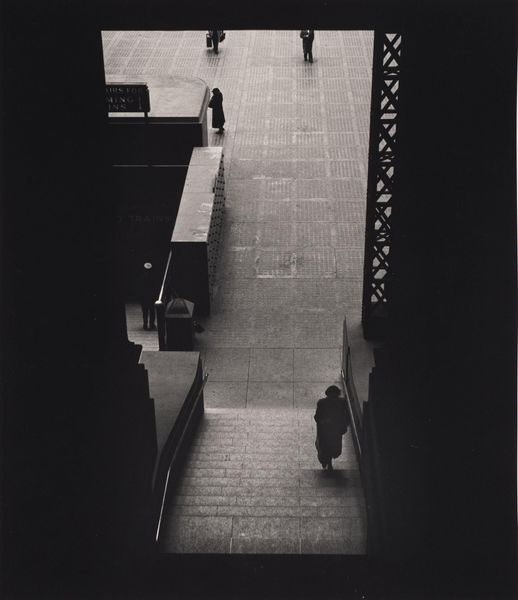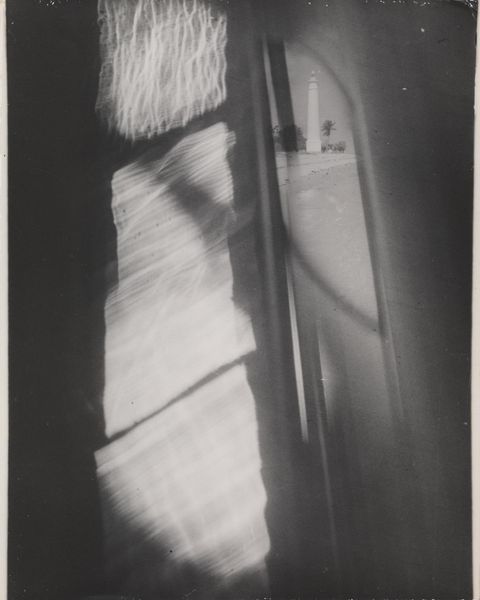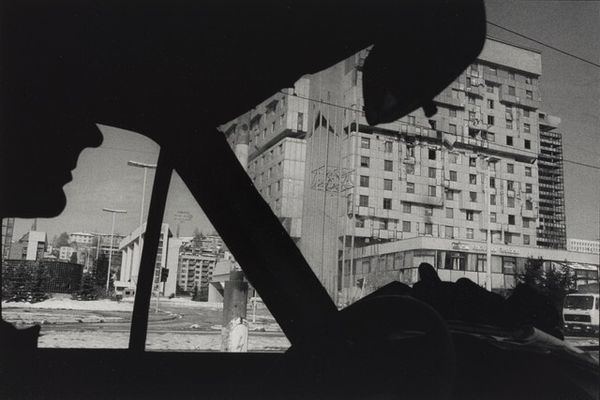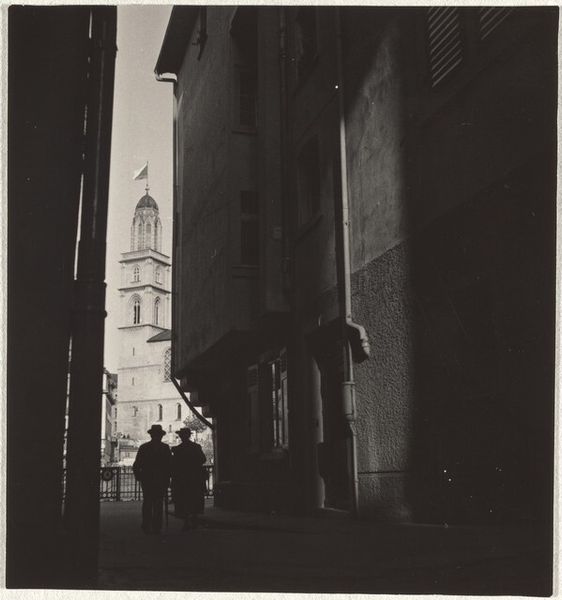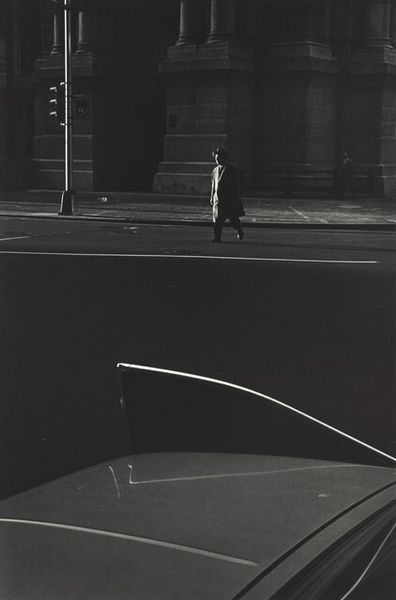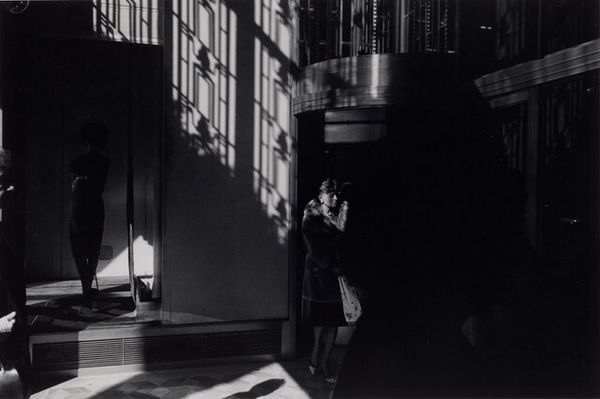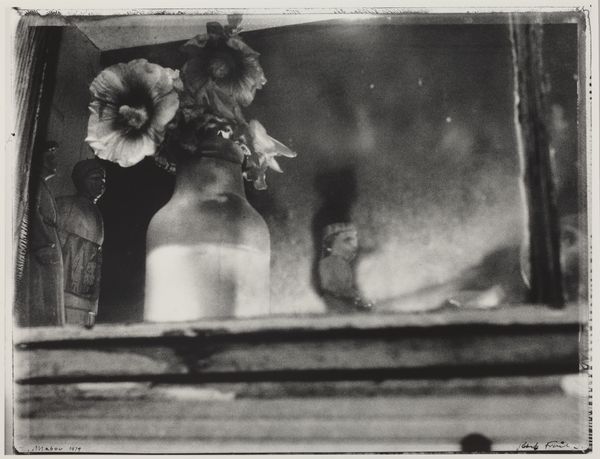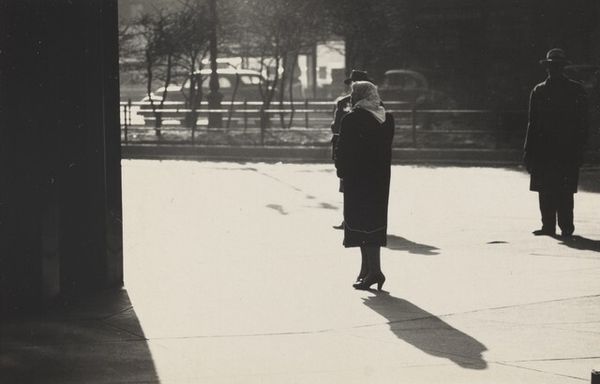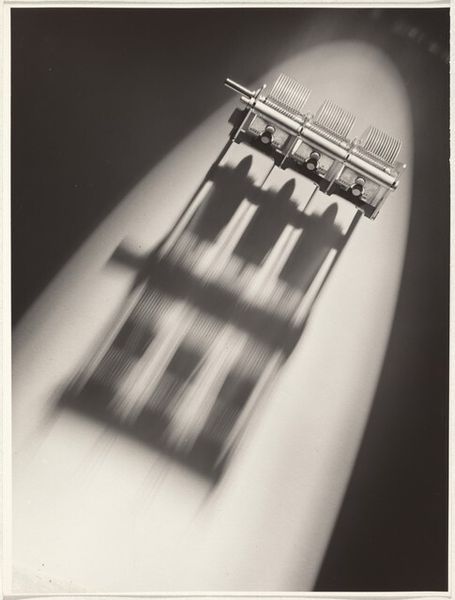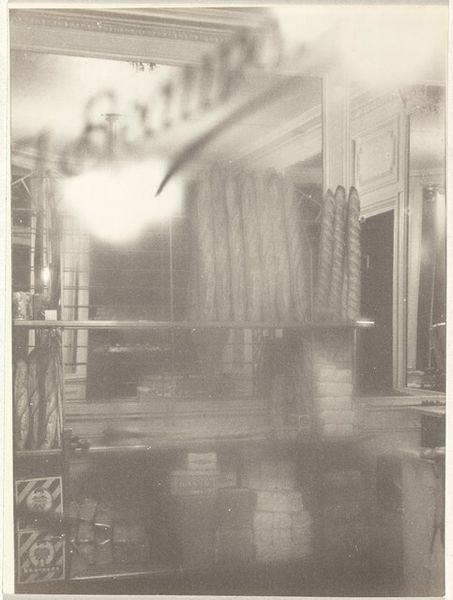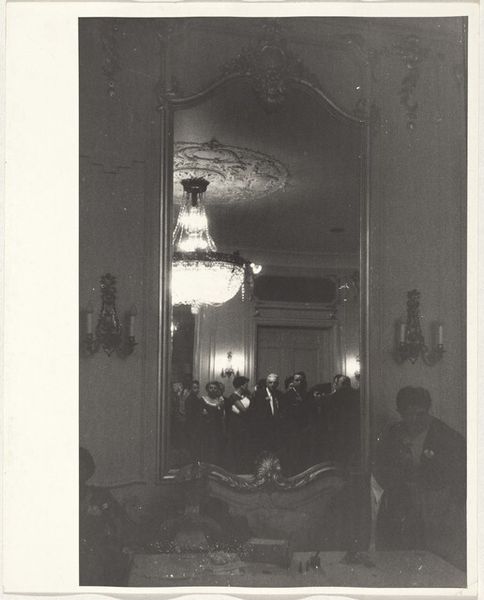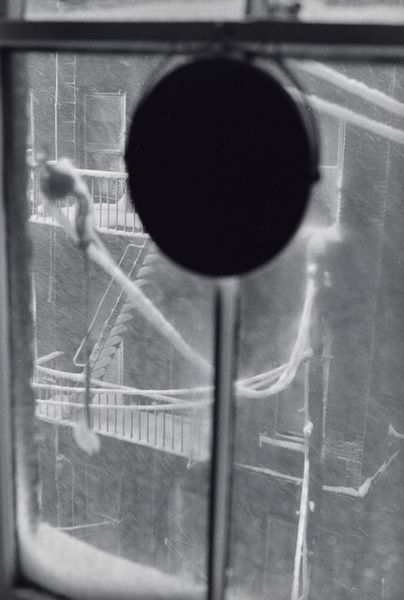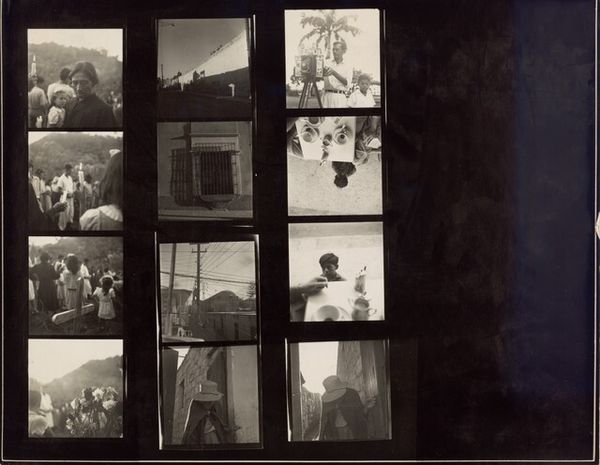
Third Avenue El, Looking toward Tudor City, New York City Possibly 1946 - 1980
0:00
0:00
photography, gelatin-silver-print
#
portrait
#
film photography
#
black and white photography
#
black and white format
#
street-photography
#
photography
#
black and white
#
gelatin-silver-print
#
monochrome photography
#
cityscape
#
monochrome
#
realism
#
monochrome
Dimensions: image: 26.7 x 29.2 cm (10 1/2 x 11 1/2 in.) sheet: 27.8 x 35.3 cm (10 15/16 x 13 7/8 in.)
Copyright: National Gallery of Art: CC0 1.0
Curator: Looking at this gelatin-silver print, I am struck by the layers—both literal and metaphorical. Editor: It is certainly dense, and melancholic. The monochrome palette heightens the feeling of distance and introspection, doesn't it? Curator: This is a work by Louis Faurer, titled "Third Avenue El, Looking toward Tudor City, New York City," likely created sometime between 1946 and 1980. It captures a moment reflecting significant changes in New York’s urban landscape post-war. The El itself represents an older, industrial city, contrasted against the more modern aspirations embodied by Tudor City. Editor: I see what you mean. Compositionally, there’s such a strong sense of spatial ambiguity. We are looking through a window—at least, I think we are—superimposing an interior silhouette over the exterior cityscape. The high-contrast emphasizes the geometric architecture. Curator: The double exposure invites us to contemplate the sitter’s place within the larger narrative of the city's rapid transformation. The elevated train was seen by some as progress and by others as a blight on the urban landscape. The image freezes that debate. Editor: I agree that the figure, almost transparent, suggests displacement. Notice how the dark outline directs our view? We can find structure in its shape first and it points the viewers eye into the scene to decode each area individually. Curator: Absolutely. There is so much sociological weight imbued here; the image operates as more than just visual interest and provides significant context as we consider New York after the war. Editor: Faurer captured the inherent alienation of modern urban life so acutely through its play of light and shadow and its multi-layered representation of space. Curator: Thinking about how the image embodies post-war America shifts my attention away from the purely aesthetic to how individuals navigated an ever changing urban reality. Editor: Perhaps it can work both ways? Aesthetic consideration that opens the possibility for the observer to decode both time and the experience of space in one single image.
Comments
No comments
Be the first to comment and join the conversation on the ultimate creative platform.
